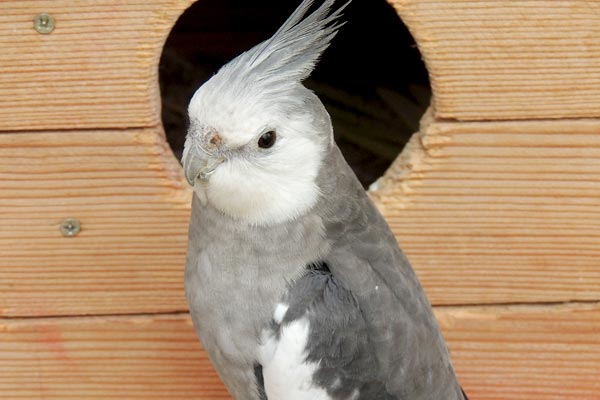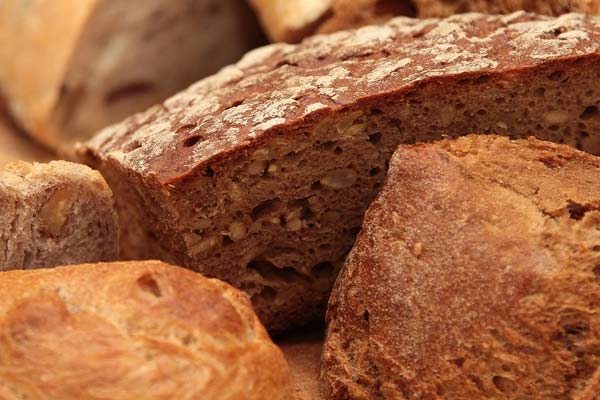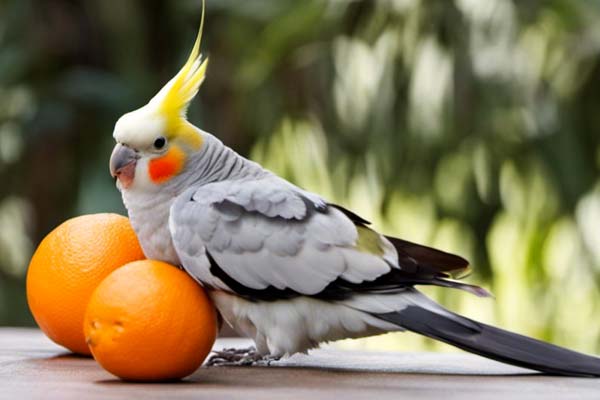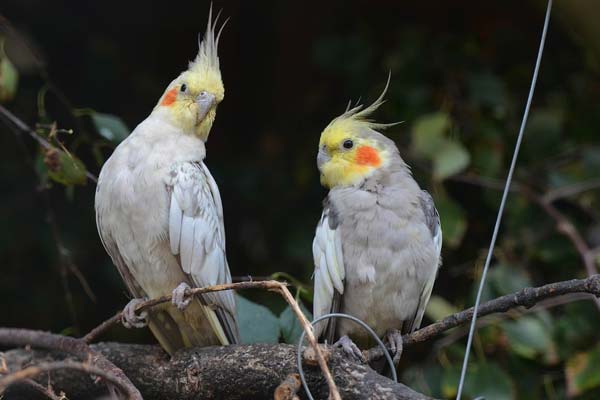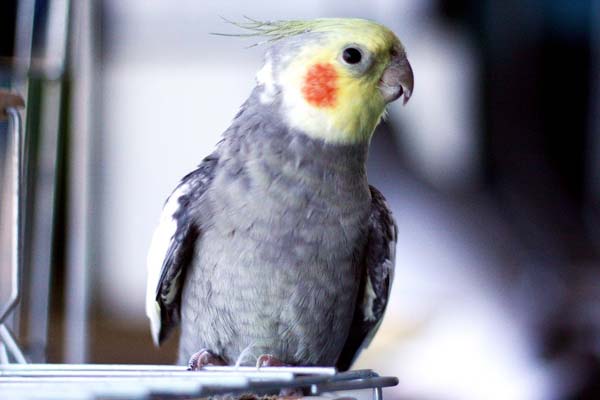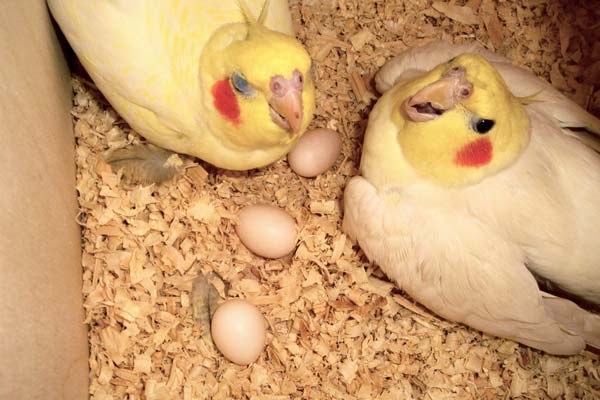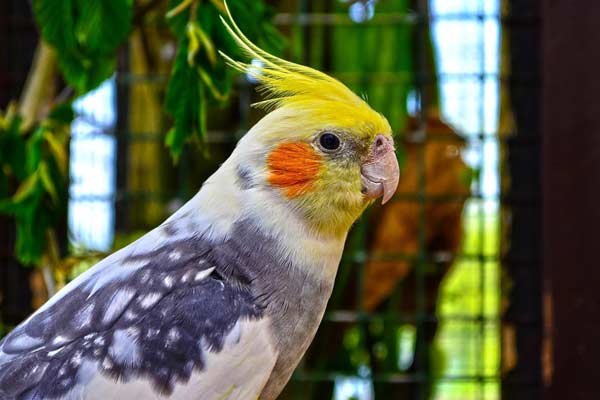How to Tell If Cockatiel Eggs Are Fertile: A Reliable Method Experienced Breeders Use
Cockatiels can breed year-round if temperature and housing conditions are adequate. This is why it is important only to keep same-gender birds housed together unless baby cockatiels are in your plans!
However, like domestic chickens and many other species, female cockatiels can lay eggs even if they live alone and do not have a mate.
If your cockatiel does have a mate and you see eggs, you will probably wonder if those eggs are fertile.
In this article, learn how to tell if cockatiel eggs are fertile using a reliable and common method many breeders prefer.
How to Tell If Cockatiel Eggs Are Fertile
The best way to tell if cockatiel eggs are fertile is to use a simple process called candling.
In the rest of this article, we will explain the exact steps to tell if your cockatiel eggs are fertile using egg candling.
Learn About Examining Cockatiel Eggs
This short helpful YouTube video shows you the basic process and timeline for egg candling, a great way to tell if your cockatiel has laid fertile or infertile eggs.
While this video focuses on finch egg candling, the basic process is the same, and the visuals are helpful, so you know what to look for inside the egg. One neat aspect is that the breeder uses a simple, flexible flashlight tool to avoid disturbing the nest.
And in this adorable YouTube video, you can watch the day-by-day progression of a cockatiel embryo from day 1 to day 21.
However, the breeder uses a commercial egg candling device in this video that requires you to handle the egg repeatedly, which may be less ideal for the eggs and the well-being of the parent birds.
What Is Cockatiel Egg Candling
Egg candling is a method that many cockatiel breeders will use to find out which eggs in a newly laid clutch are fertile or viable.
Egg candling uses light to see inside the eggshell and determine if an embryo is growing inside that egg.
However, you can’t candle a cockatiel egg when your cockatiel lays it.
You may recall that the very detailed finch breeding YouTube video you watched earlier here said to start candling at three days. However, for cockatiels, you must wait at least seven days after the egg is laid before you can successfully candle it.
If a cockatiel has just started laying her eggs, she generally won’t start incubating them (sitting on them) until she has laid all the eggs.
This means you will need to wait until all the eggs have been laid, and you visually observe her sitting on the eggs before you start the countdown to egg candling.
Seven days after you have seen your cockatiel sitting on the eggs to warm them, you can candle them to see if they are fertile.
Do You Always Need to Candle Cockatiel Eggs
Sometimes it is possible to tell if a cockatiel egg is fertile just by looking at it.
Beauty of Birds points out several useful visual cues you can look for that will tell you immediately if an egg is not viable.
A cockatiel egg is much smaller than the rest of the eggs
If one egg is much smaller than the other, it may miss the yolk. If there is no yolk inside the egg, it cannot be fertile.
A cockatiel egg is discolored or darkened.
If you see a cockatiel egg in the clutch that is pinkish (instead of white), discolored, mottled or dark, this is an egg that is not fertile.
A cockatiel egg is dented or severely cracked.
If you see a cockatiel egg with a big dent in it or a crack oozing the contents, the egg is likely not viable.
However, in some cases, you can repair a crack and try to let the cockatiel pair sit on it.
A cockatiel egg has not hatched, and it has been more than 22 days
Yet another sign that a cockatiel egg is not fertile is if all the other eggs have hatched, and it has been 22 days since that egg was laid.
Cockatiel eggs will hatch anywhere from 18 to 22 days after being laid.
A cockatiel egg went without incubation for longer than seven days
After seven days have passed since laying, cockatiel eggs generally lose their ability to incubate a fertile embryo.
A cockatiel pair may abandon the nest or a single egg for many reasons. Some breeders believe birds can sense something wrong with an egg.
If a cockatiel egg has been laying in the nest without warmth for more than seven days, you can still try to incubate it, but there is less chance of success.
What Is the Best Method for Cockatiel Egg Candling
The two YouTube videos you watched showed you two options for candling your cockatiel eggs.
Flashlight egg candling method
The first method used a simple long-handle flexible flashlight you can buy online or in any local home goods or auto parts store.
This method allows you to candle the eggs without touching them. However, it may make it harder to see the interior of each egg.
Commercial egg candling method
Another option is to select one of several different commercial egg candling tools to position each cockatiel egg perfectly. Hence, the light illumines the interior and shows you what is happening.
As long as you feel confident handling the small cockatiel eggs and it doesn’t cause the incubating parent pair too much stress, this can be the most reliable way of figuring out whether cockatiel eggs are fertile.
Prepare the Parent Birds for Egg Candling
Little Feathered Buddies makes an excellent point about egg candling’s impact on the parent birds.
A mated cockatiel pair shares all incubation, feeding, and rearing duties for their clutch.
The parent birds will be very resistant to allowing you (or anyone) to look at or handle their eggs. This can make it even harder to safely candle the eggs.
For this reason, it is often easier to remove the parent birds or wait until they leave naturally and then just temporarily block off the nest box entrance.
This will give you some time to candle the cockatiel eggs and remove the ones that are clearly not fertile.
How to Safely and Hygienically Candle Cockatiel Eggs
Contrary to popular myths, the cockatiel pair will not reject eggs you have handled. However, you do want to do everything you can to make sure your hands are clean and sanitary if you plan to touch the eggs to candle them.
Wash your hands with a gentle unscented soap and dry them thoroughly before touching the eggs to candle them.
As the eggs continue to mature, you will see the shell of the egg become more white and opaque, but you can continue to safely candle them all the way up to the time of hatching.
Once the eggs have hatched, be sure to separate the pair to avoid another immediate clutch. Cockatiel pairs should never be allowed to lay a clutch more than two times per year to avoid becoming depleted health-wise.

